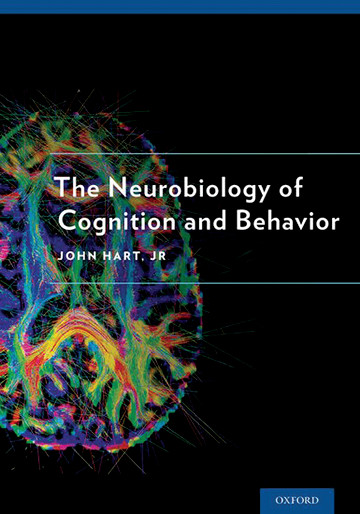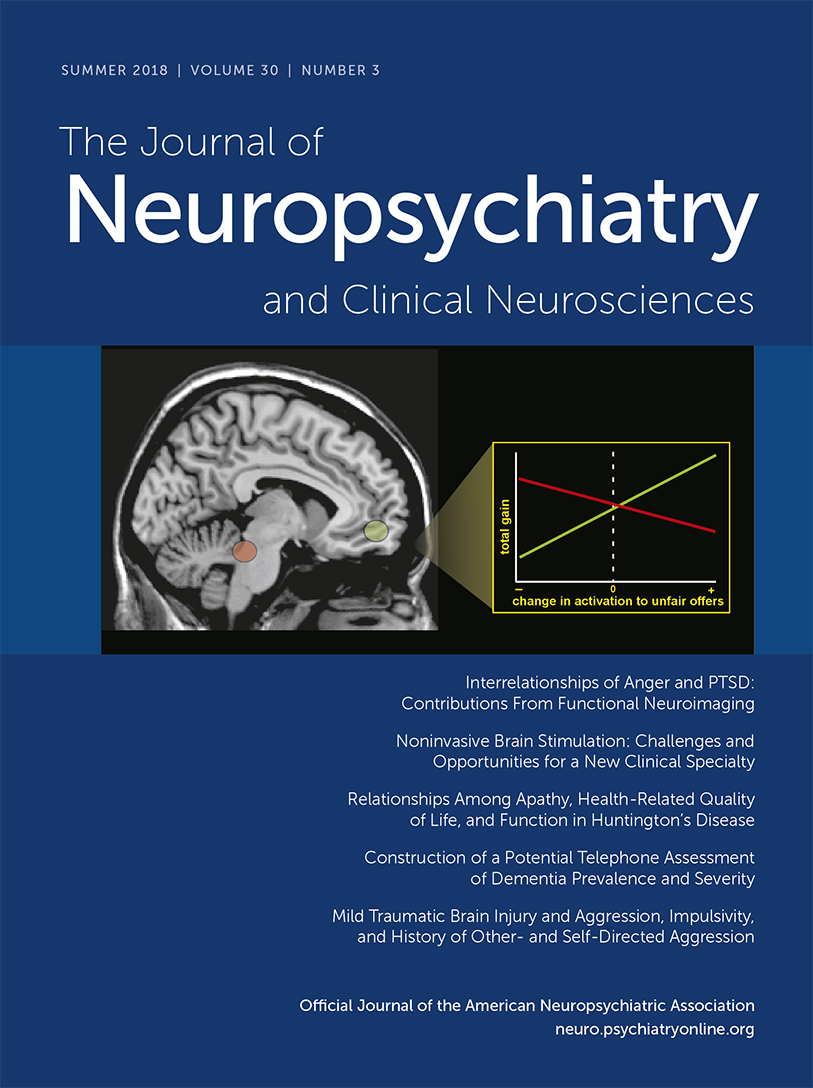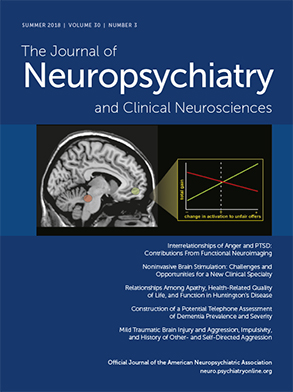In The Neurobiology of Cognition and Behavior, author John Hart, Jr., takes on the task of integrating classic lesion-based behavioral neurology with recent cognitive neuroscience studies using modern neuroimaging techniques. That this far-reaching goal is covered in just over 200 pages is a remarkable feat of concision.
The theoretical framework for the book is laid out in chapter 1, which describes the variety of methods used for gaining systematic knowledge about brain function, from lesion studies to structural and functional imaging. The concept of the cognitive-anatomic unit is defined as “a delineated cognitive unit that is consistently associated with an anatomic unit” (p. 12). The concept of the cognitive-anatomic unit is used throughout the text to scrutinize whether all available data support consistent structure-function localization for major topics on cognition and behavior. The majority of the book is dedicated to specific cognitive domains, such as language, praxis, memory, visual and sensory processing, executive functions, and working memory. The lesion-based data, which provided classic understanding of these concepts, is scrutinized against modern cognitive neuroscience studies using functional imaging. This serves to highlight some of the limitations of lesion-based models, given the complexity of distribution of function in the brain. For example, the regions involved in a cognitive process (e.g., language comprehension) may be far more extensive than regions that, when lesioned, will produce a marked impairment in that process (e.g., Wernicke’s area).
Particularly ambitious and effective are the closing chapters on emotional organization, white matter and cognition, and network models, in which concepts outside of the classic cognitive domains are addressed. The technological developments underpinning these scientific advances in the understanding of cognition and behavior are reviewed. These include discussions of diffusion tensor imaging and functional connectivity MRI, which are accessible and of great utility to clinicians and students of cognitive neuroscience alike. Additionally, several traditionally “psychiatric” topics are addressed, including mood, anxiety, obsessions/compulsions, apathy, and inhibition. These sections are likely to be of particular utility in that they will enable the neurologist reader to approach the neurobiology of psychiatric disorders by utilizing a familiar behavioral neurology vocabulary, and they provide the psychiatrist reader with concise and approachable summaries of the relevant neuroscience literature.
The book is generously illustrated, and most figures serve as successful complements to the text. However, several figures have issues that distract from their utility. These include undefined labels, blurry fonts, poor contrast, and small image sizes (although this may be the result of reprinting from an original source). A second edition will benefit from addressing this relatively minor shortcoming.
Overall, Dr. Hart has provided a rich literature update, one that will be of great benefit to a variety of audiences. This book would represent a valuable contribution to fellows training in behavioral neurology and neuropsychiatry, or current practitioners in either field, and is well positioned to complement traditional lesion-based teachings. Cognitive neuroscientists, and students of cognitive neuroscience, will particularly benefit from the integration of a classic behavioral neurology perspective. Dr. Hart’s work provides a bridge between these overlapping, but often historically parallel, fields. The text works best for a reader comfortable with major concepts in behavioral neurology and neuropsychiatry and a solid grasp of basic behavioral neuroanatomy. More junior clinical trainees in psychiatry or neurology are likely to need to start with a more introductory text before tackling Dr. Hart’s work.
The Neurobiology of Cognition and Behavior adds significantly to the literature by providing a degree of integration of modern, imaging-based, cognitive neuroscience with classic behavioral neurology not found in other texts. Concise, yet thorough and well referenced, Dr. Hart’s book treats traditional behavioral neurology and neuropsychiatry with respect while pushing the field to stay on top of new developments.


